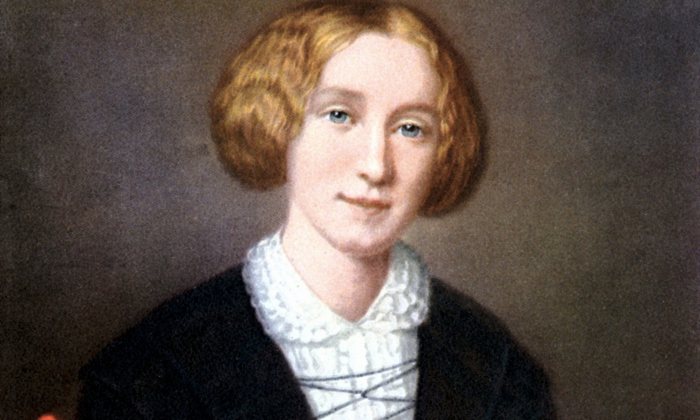“For there is, in great writing, a sinister power, primitive and overwhelming, whose grasp upon the organs within us unsettles and disturbs.” The nameless narrator of Patricia Duncker’s sixth novel is talking specifically here, towards the end of the book, about the writing of George Eliot, “the Sybil” of the title. Sophie and the Sybil is in part about the relationship between a writer and her readers; not merely the several obsessive readers (both real and fictional) who cross paths with Eliot in the course of Duncker’s historical narrative, but the ambiguity of the author’s own feelings towards her. “[T]he grain of resentment one writer always feels for another whom she hails as ‘Master’ – and I use that word advisedly – would not dissolve,” Duncker explains in her afterword, in which she also explains the multi-layered structure of the book, “a Victorian comedy of manners which had, as all comedy must do, a darker and more sinister set of shadows at the edge”.
The historical part of the story concerns the final years of Eliot’s life, beginning in 1872 when she was travelling in Germany to escape the censure of English society over her liaison with her married lover, George Lewes. Her German publisher, Wolfgang Duncker (no relation, but a happy coincidence that sparked the idea for the book), charges his feckless younger brother Max with accompanying her to the spa town of Homburg for the purpose of securing the rights to Middlemarch. Also staying in Homburg is 18-year-old Countess Sophie von Hahn, wilful and beautiful, promised in marriage to Max and herself an ardent admirer of the Sybil. The stage is set for a three-way relationship that mirrors “the sexual triangle of Middlemarch”...

